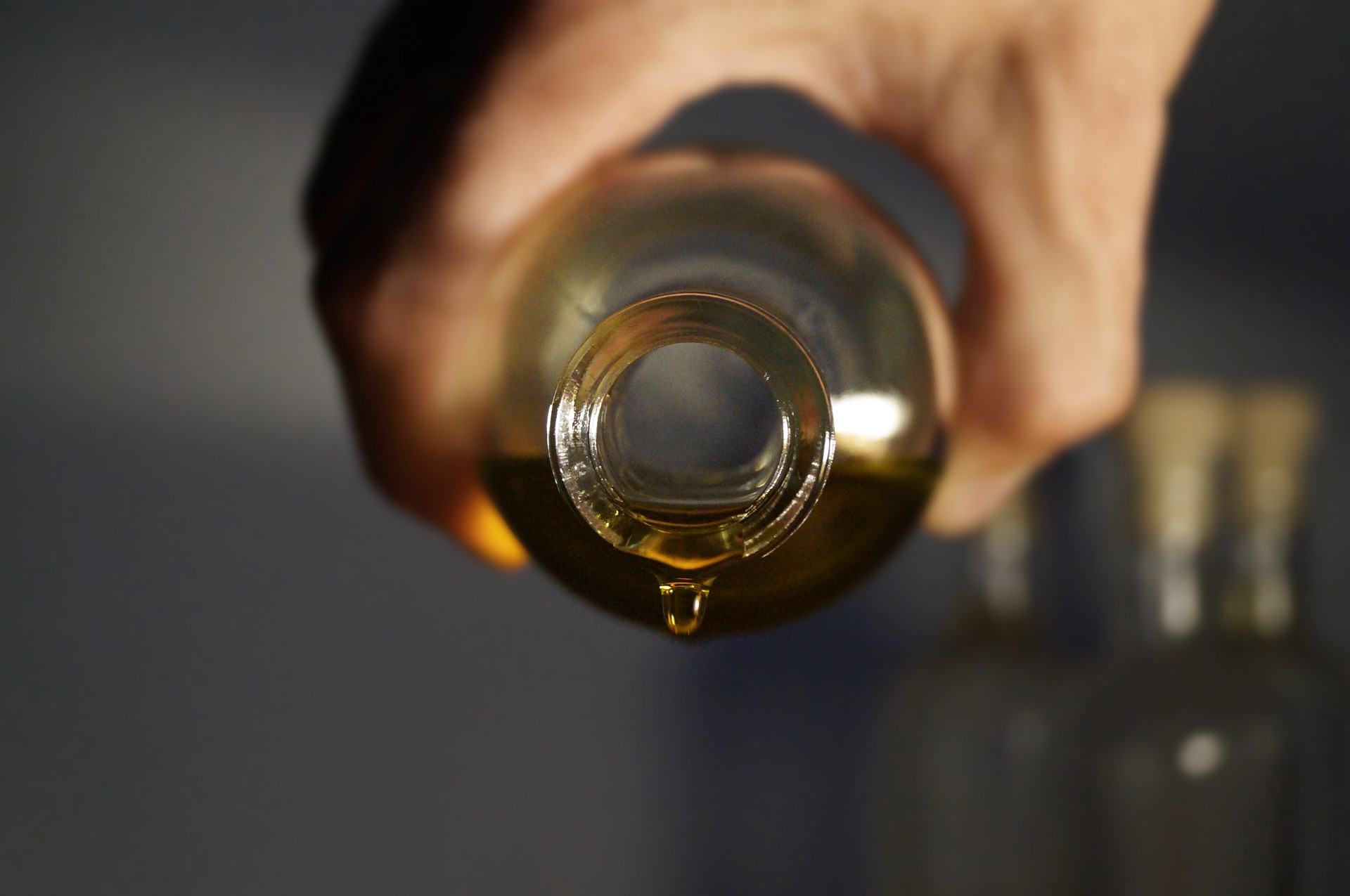Fried foods are now amongst the most popular foods consumed around the world. From British fish and chips to American fried chicken to Japanese tempura, there is no escaping the ubiquity of delicious deep-fried dishes. And it’s easy to see why – no other cooking method can produce that unique, crispy crunch whilst retaining tenderness and moisture.
The popularity of deep-fried foods has led to the development of an impressive range of cooking oils that can be used for frying. That being said, not all oils are created equal. So what makes a cooking oil suitable for frying? How do different frying oils affect the taste of food? In this post, we explore the frying properties of the most popular cooking oils, as well as the factors that determine what makes the best frying oil.
How does deep frying work?
Deep-frying involves fully submerging a foodstuff in hot oil, which should have a temperature of around 160°C to 180°C. Once submerged, the surface of the food will cook almost instantly, sealing in moisture and preventing the oil from penetrating further into the food. The moisture now locked inside will begin to steam, which cooks the food from within.
If the temperature of the frying oil is too low then the oil will have more time to penetrate deeper into the food, which makes it greasy and unpleasant. Alternatively if the oil temperature is too high, it can dehydrate the food and oxidise the oil, significantly reducing its shelf life.
Considerations
When it comes to assessing frying oils, it mainly comes down to two factors – taste neutrality and smoke point:
- Smoke point – The temperature at which a frying oil begins to break down and burn is referred to as its smoke point. At this temperature, the chemical structure of the oil deteriorates, giving the oil a bad taste and potentially spoiling the food being fried.
- Taste neutrality – Different oils have different tastes; with some being much stronger than others. Unrefined oils retain much of their impurities and nutrients. This gives them strong, distinctive flavours but also means they have a low smoke point making them inadequate for deep frying. Refined oils, on the other hand, have most impurities removed, which significantly reduces their taste but increases their smoke point.
Olive Oil
Smoke Point: Approximately 240°C whilst extra virgin olive oil is around 190°C.
Taste: Unlike extra virgin olive oil, regular olive oil is refined to reduce its flavour and increase its heat resistance. Whilst this makes it a suitable frying oil in theory, its flavour and fragrance can still affect taste when heated for a long time.
Rapeseed Oil
Smoke Point: Approximately 240°C
Taste: Rapeseed oil’s relatively high smoke point and subtle nutty taste make it a versatile cooking oil. It’s a healthy option too, having some of the lowest levels of saturated fats. However, rapeseed oil can become unstable after heating which makes it difficult to reuse when deep-frying food on a commercial scale.
Coconut Oil
Smoke Point: Approximately 230°C whilst extra virgin coconut oil is around 170°C.
Taste: Coconut oil is solid at room temperature which makes it a useful alternative to butter in baking recipes, but with its high saturated fat content and low smoke point even when refined it is unsuitable for deep frying. The potent flavour can often leave a coconutty taste in the mouth.
Sesame Oil
Smoke Point: Approximately 210°C
Taste: Sesame oil has a characteristic nutty aroma but a surprisingly neutral flavour. Whilst its middle-high smoke point means it can be used for deep frying, its distinctive taste means it typically functions better as a general-purpose oil for sautéing, roasting or stir-frying.
Dripping/Lard
Smoke Point: Approximately 190-200°C
Taste/Health Effects: Used in the fish and chip shop fryers of yesteryear, these animal fats have both a moderately high smoke point and neutral flavour. This should make them an ideal frying oil but there have been serious questions raised about the health effects of their high concentrations of saturated fats. Hence why the vast majority of UK fryers now use vegetable oils such as palm…
Palm Oil
Smoke Point: Approximately 230°C
Taste: Refined palm oil has a subtle aroma and a very neutral taste. Its high smoke point makes it ideal for frying at high temperatures whilst its oxidative stability ensures long shelf life. It’s this combination of taste neutrality and heat resistance that makes refined palm oil one of the best frying oils on the market.
For the best palm oil in the industry, look no further than Frymax. Long lasting, fully refined and sustainable, it’s no surprise that Frymax has been the frying oil of choice for chippies for the past 70 years. Get in touch with our team today to learn more.
Become a Frymax member today to gain access to exclusive content, expert frying advice and the chance to enter our fantastic competitions.






